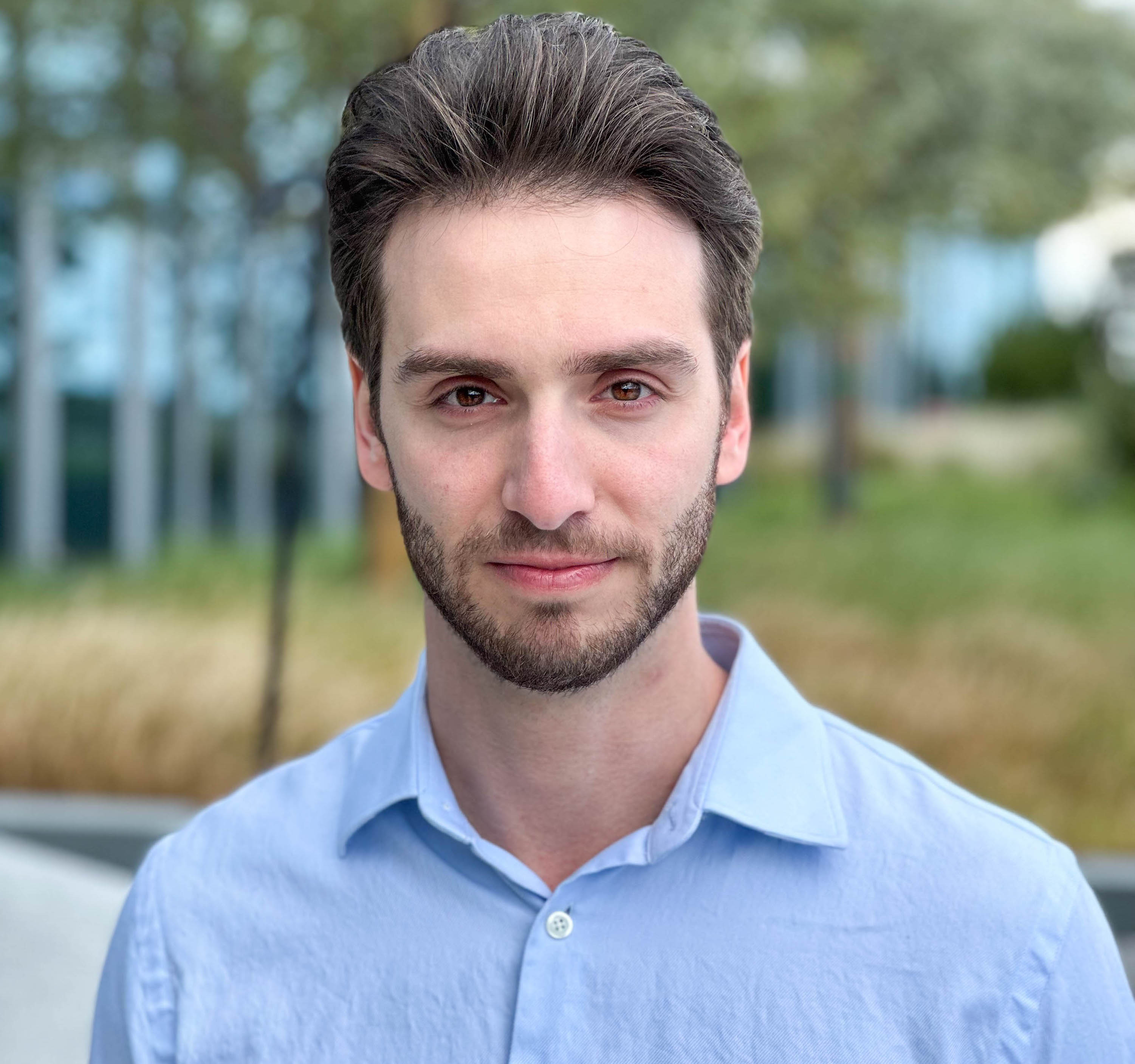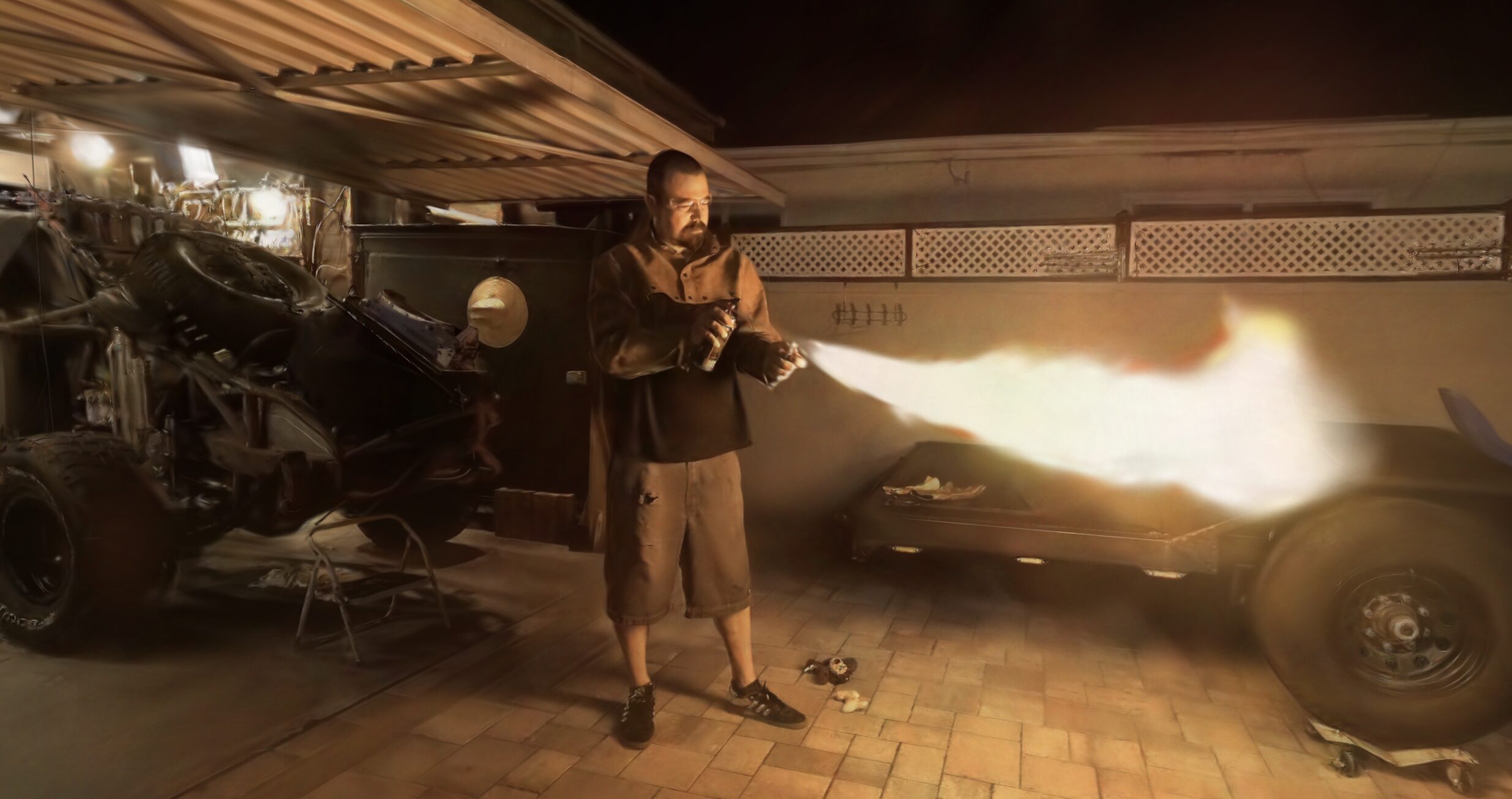The first six weeks of 2024 have seen remarkable advancements in the realm of converting prompts to detailed 3D models. Joining this innovative wave is the Large Multi-View Gaussian Model (LGM), which has set a new benchmark for high-resolution 3D content creation from text prompts or single-view images. Unlike many existing methods that rely on Neural Radiance Fields (NeRFs) as their backbone, LGM uses 3D Gaussians.
At the core of LGM's innovation is its utilization of multi-view Gaussian features, which capture and integrate information from multiple angles of an object. This multi-faceted approach ensures the creation of a richly detailed 3D Gaussian representation, setting LGM apart from NeRF-based methodologies.
The process leverages an asymmetric U-Net architecture, specifically designed to handle multi-view images by predicting and fusing Gaussians. This asymmetry allows for a higher resolution of input images and curtails the number of output Gaussians, optimizing the model's efficiency without compromising the quality of the 3D output.
Key to the U-Net's effectiveness is its unique ability to enhance information sharing across all input views, thanks to the integration of attention blocks within its deeper layers. These blocks ensure that the final 3D model is not just a collection of independent views but a harmonious synthesis that accurately reflects the object's form and details.
Another critical step in the process is differentiable rendering, which is applied to the fused 3D Gaussians. This technique allows for the generation of novel views from the 3D model, enabling end-to-end image-level supervision at high resolutions. This capability is essential for achieving the high fidelity and detail that LGM models are known for.
Addressing the practical application of these generated models, LGM proposes a bespoke algorithm for converting 3D Gaussians into smooth and textured meshes.
It further allows the LGM to maintain rapid generation speeds—capable of creating 3D objects within five seconds—while significantly enhancing the training resolution up to 512.
A standout feature of LGM is its innovative mesh extraction process, designed to convert the generated 3D Gaussians into practical polygonal meshes. How they do this though, might surprise you. Traditional methods often struggled with the sparsity of 3D Gaussians, resulting in meshes with visible imperfections. LGM overcomes this by adopting NVIDIA's Instant-NGP.
The process begins with the on-the-fly training of a NeRF model using images rendered from the 3D Gaussians, capturing detailed geometry and appearance. This NeRF representation is then converted into a coarse mesh using the Marching Cubes algorithm, which establishes the basic form of the model.
To achieve a high-quality mesh, LGM employs two hash grids that meticulously reconstruct the model's geometry and texture based on the Gaussian renderings. This approach allows for iterative refinement and the application of differentiable rendering to enhance the mesh's details and textures. The final step involves baking the appearance field onto the mesh, yielding a detailed, smooth, and textured 3D model ready for various applications.
Remarkably, this comprehensive mesh extraction process, from 3D Gaussians to a refined NeRF-based mesh, is completed in about a minute with optimized implementation.

There are currently a few different ways to test out LGM. Mr. For Example has already integrated LGM into Comfy 3D and Hugging Face has a demo space. There is also 3DTopia's implementation of LGM, but at the time of publishing there appears to be high traffic to the space, so it's taking a little longer to generate. /
LGM in Comfy3D
The progress of prompt to 3D continues to push forwards and we're seeing results that are both faster and higher fidelity. While testing LGM through Hugging Face didn't quite hit the 5-second generation mark, the output's fidelity in approximately 10 seconds remains impressive, keeping in line with Luma AI's Genie and VAST's Tripo.
More from Michael Rubloff













